What Should I Do With My OG Switch? Nintendo’s Wooden Amiibos Are the Answer

What is this, a Nintendo Switch system for babies?

Nvidia said there are no backdoors or kill switches in its chips, denying an accusation from the Chinese government. The company also urged policymakers to reject proposals for backdoors and kill switches.
"There are no back doors in NVIDIA chips. No kill switches. No spyware. That's not how trustworthy systems are built—and never will be," Nvidia Chief Security Officer David Reber Jr. wrote in a blog post yesterday.
The Cyberspace Administration of China last week said it held a meeting with Nvidia over "serious security issues" in the company's chips and claimed that US AI experts "revealed that Nvidia's computing chips have location tracking and can remotely shut down the technology."
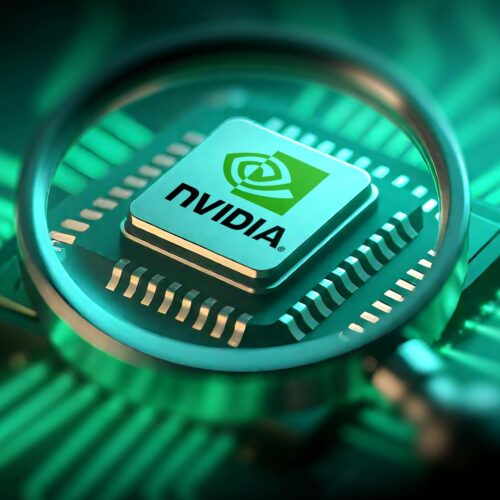
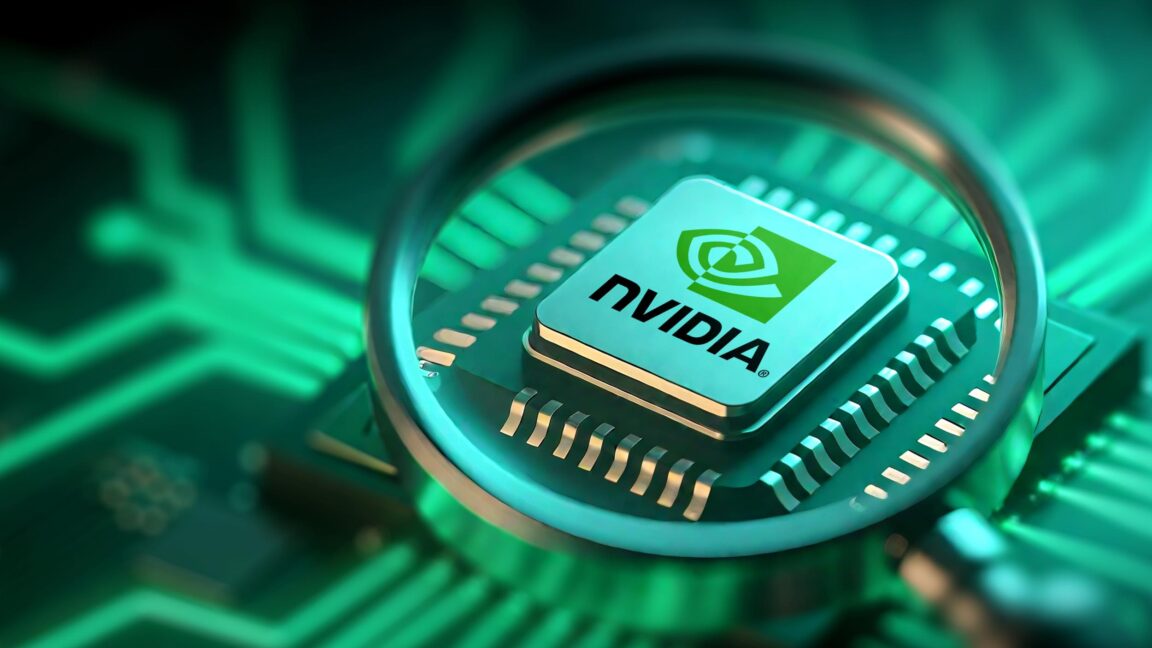
© Getty Images | VCG
Slowed tech progress, inflation, and global trade wars are doing a number on game console pricing this year, and the bad news keeps coming. Nintendo delayed preorders of the Switch 2 in the US and increased accessory prices, and Microsoft gave its Series S and X consoles across-the-board price hikesin May.
Today, Nintendo is back for more, increasing prices on the original Switch hardware, as well as some Amiibo, the Alarmo clock, and some Switch and Switch 2 accessories. The price increases will formally take effect on August 3.
The company says that there are currently no price increases coming for the Switch 2 console, Nintendo Online memberships, and physical and digital Switch 2 games. But it didn't take future price increases off the table, noting that "price adjustments may be necessary in the future."
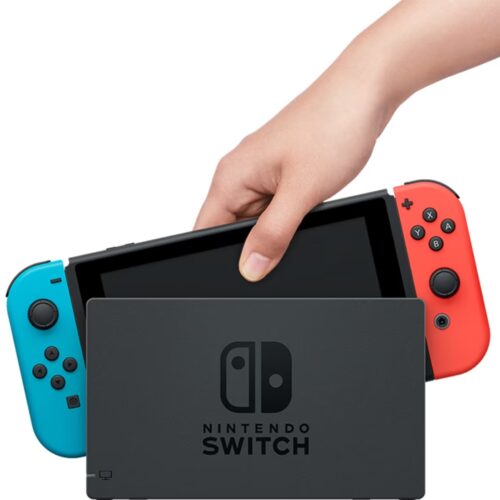
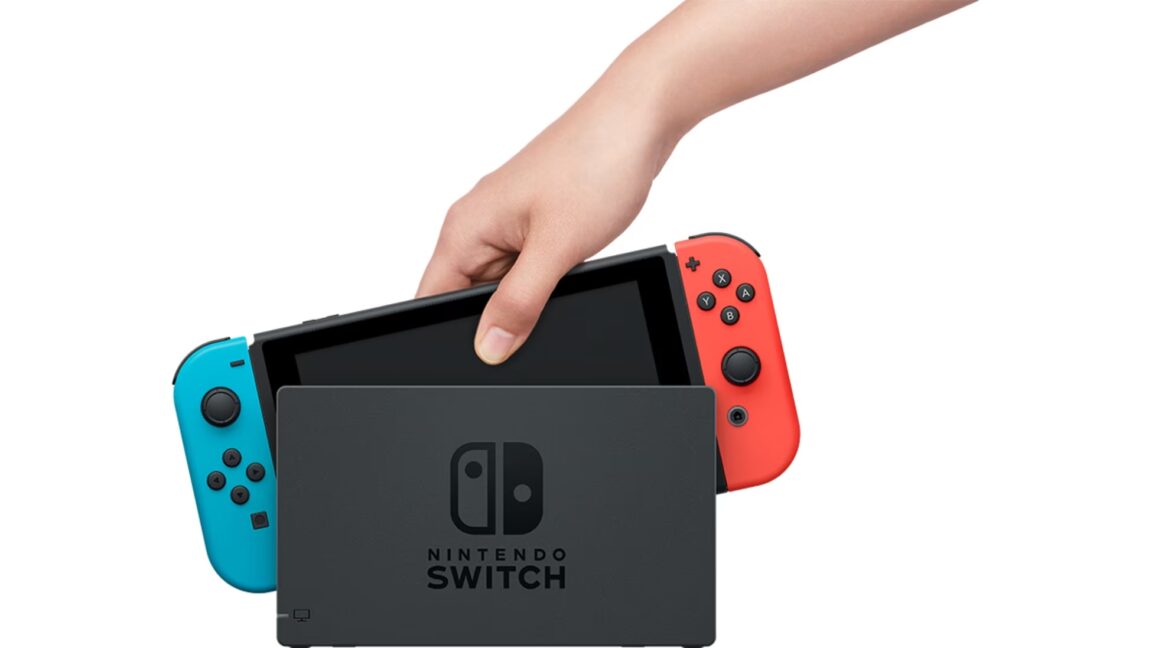
© Nintendo
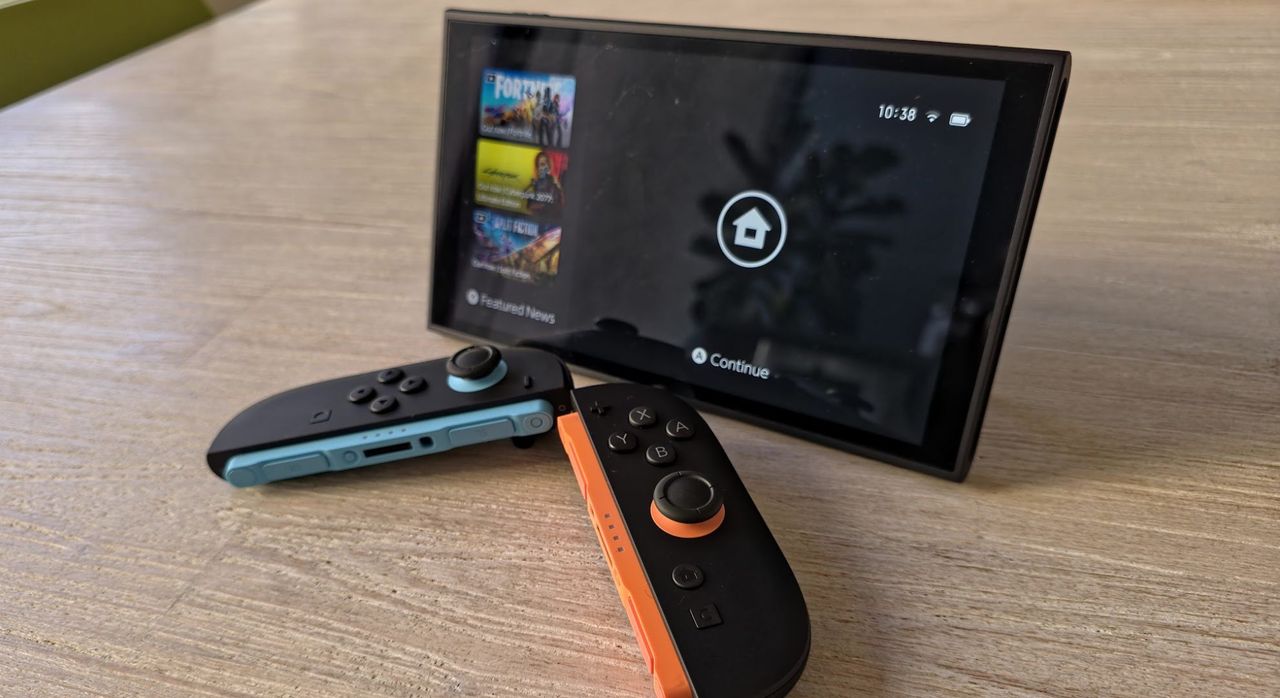
The Nintendo Switch 2 is launching with a handful of new games, but for many of the people getting one this week, the main thing to play on it is software made for the original Switch.
We’ve known for months that the Switch 2 would maintain backward compatibility with the vast majority of Switch games, but one major question was whether the Switch 2’s improved hardware would benefit older Switch games in some way. Especially in recent years, first- and third-party Switch games have struggled with the original system’s aging Nvidia chipset, which was already a bit dated when the system came out in 2017.
After a day or so of testing various Switch games on the Switch 2, we can report firsthand that Switch games can look dramatically better on the new system. For games that Nintendo has taken the trouble to update—those with Switch 2 upgrade packs and those with free updates—players can expect higher resolutions, better frame rates, less texture and character pop-in, and smoother animations all around. Even games that haven’t been updated for the Switch 2 can run a bit more consistently on the new systems, though games without Switch 2-specific updates don’t improve as much as games with updates.
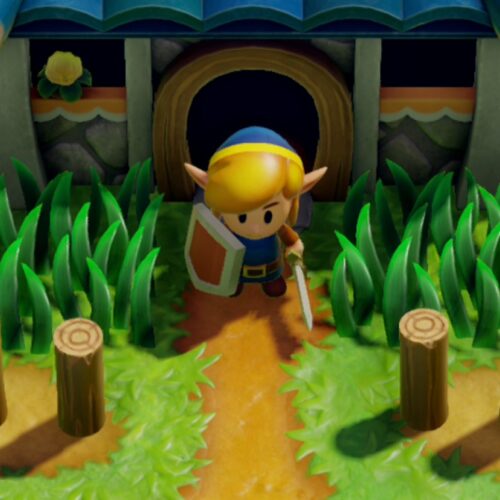
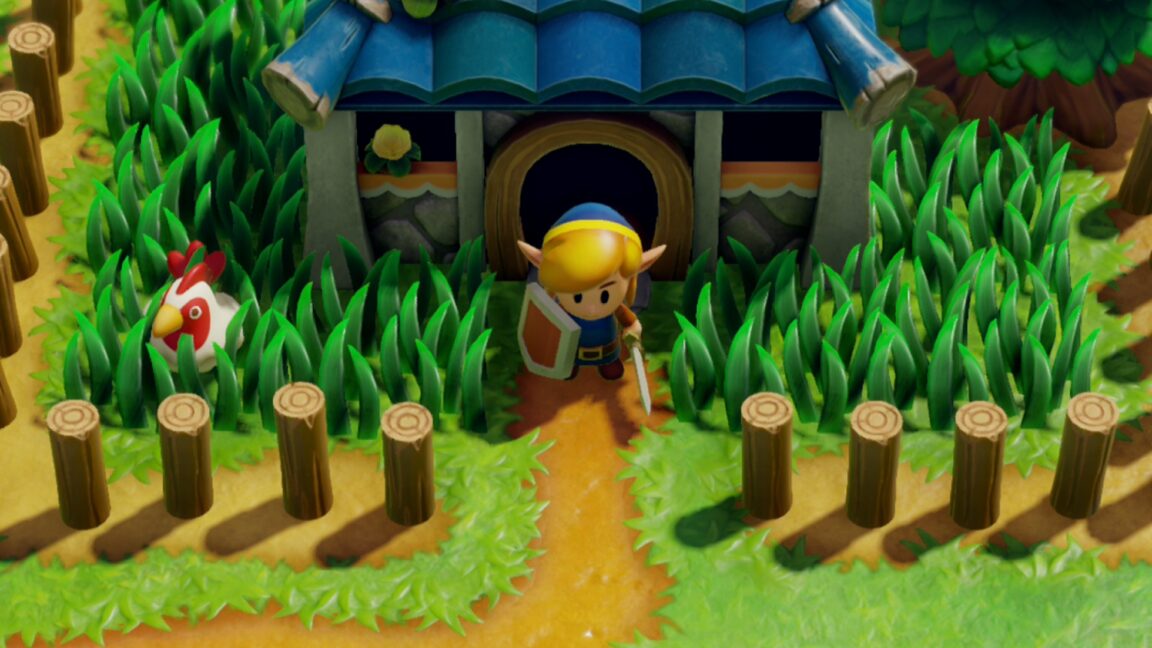
© Andrew Cunningham
Earlier this month, Nintendo received a lot of negative attention for an end-user license agreement (EULA) update granting the company the claimed right to render Switch consoles "permanently unusable in whole or in part" for violations such as suspected hacking or piracy. As it turns out, though, Nintendo isn't the only console manufacturer that threatens to remotely brick systems in response to rule violations. And attorneys tell Ars Technica that they're probably well within their legal rights to do so.
Sony's System Software License Agreement on the PS5, for instance, contains the following paragraph of "remedies" it can take for "violations" such as use of modified hardware or pirated software (emphasis added).
If SIE Inc determines that you have violated this Agreement's terms, SIE Inc may itself or may procure the taking of any action to protect its interests such as disabling access to or use of some or all System Software, disabling use of this PS5 system online or offline, termination of your access to PlayStation Network, denial of any warranty, repair or other services provided for your PS5 system, implementation of automatic or mandatory updates or devices intended to discontinue unauthorized use, or reliance on any other remedial efforts as reasonably necessary to prevent the use of modified or unpermitted use of System Software.
The same exact clause appears in the PlayStation 4 EULA as well. The PlayStation 3 EULA was missing the "disabling use... online or offline" clause, but it does still warn that Sony can take steps to "discontinue unauthorized use" or "prevent the use of a modified PS3 system, or any pirated material or equipment."


© Getty Images
When Nintendo took the wraps off the Switch 2 in early April, it announced that around a dozen first-party Switch games would be getting free updates that would add some Switch 2-specific benefits to older games running on the new console. We could safely assume that these updates wouldn't be as extensive as the $10 and $20 paid upgrade packs for games like Breath of the Wild or Kirby and the Forgotten Land, but Nintendo's page didn't initially provide any game-specific details.
Earlier this week, Nintendo updated its support page with more game-by-game details about what players of these older games can expect on the new hardware. The baseline improvement for most games is "improved image quality" and optimizations for the Switch 2's built-in display, but others include support for GameShare multiplayer, support for the new Joy-Cons' mouse controls, support for HDR TVs, and other tweaks.
The most significant of the announced updates are frame rate improvements for Pokémon Scarlet and Violet, the main-series Pokémon games released in late 2022. Most latter-day Switch games suffered from frame rate dips here and there, as newer games outstripped the capabilities of a low-power tablet processor that had already been a couple of years old when the Switch launched in 2017. But the Pokémon performance problems were so pervasive and widely commented-upon that Nintendo released a rare apology promising to improve the game post-release. Subsequent patches helped somewhat but could never deliver a consistently smooth frame rate; perhaps new hardware will finally deliver what software patches couldn't.
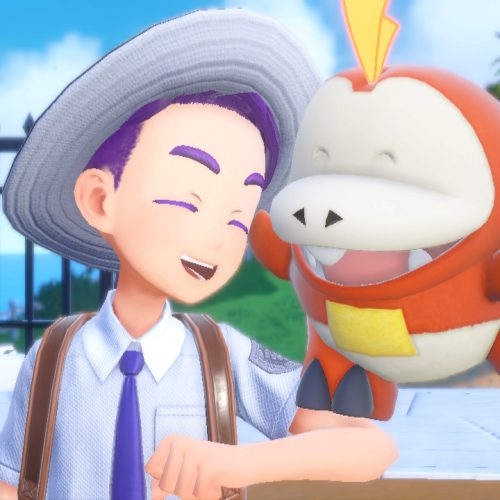
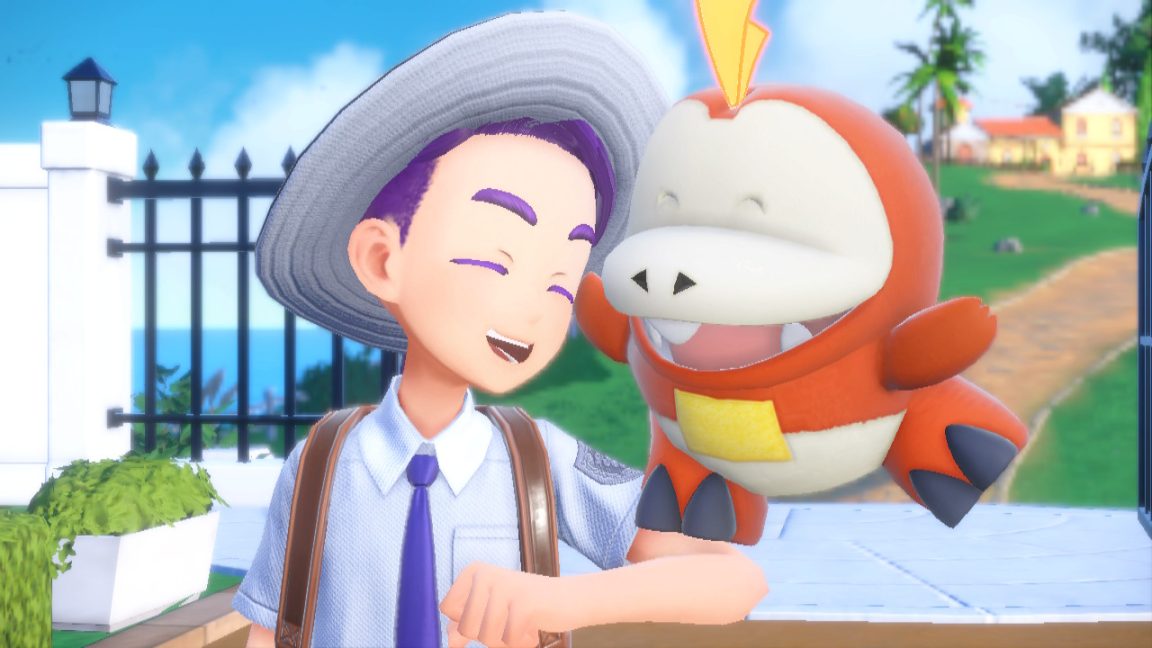
© Andrew Cunningham

In the wake of the Switch 2 reveal, neither Nintendo nor Nvidia has gone into any detail at all about the exact chip inside the upcoming handheld—technically, we are still not sure what Arm CPU architecture or what GPU architecture it uses, how much RAM we can expect it to have, how fast that memory will be, or exactly how many graphics cores we're looking at.
But interviews with Nintendo executives and a blog post from Nvidia did at least confirm several of the new chip's capabilities. The "custom Nvidia processor" has a GPU "with dedicated [Ray-Tracing] Cores and Tensor Cores for stunning visuals and AI-driven enhancements," writes Nvidia Software Engineering VP Muni Anda.
This means that, as rumored, the Switch 2 will support Nvidia's Deep Learning Super Sampling (DLSS) upscaling technology, which helps to upscale a lower-resolution image into a higher-resolution image with less of a performance impact than native rendering and less loss of quality than traditional upscaling methods. For the Switch games that can render at 4K or at 120 FPS 1080p, DLSS will likely be responsible for making it possible.
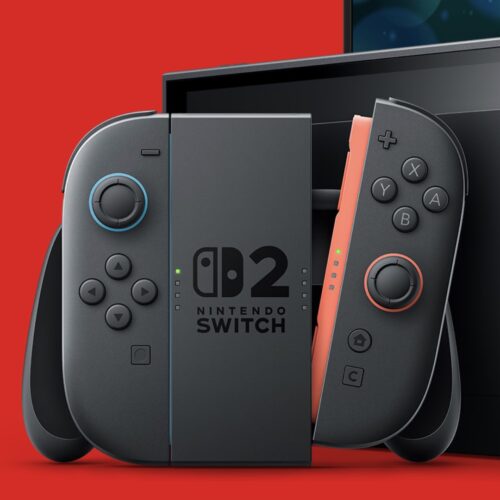
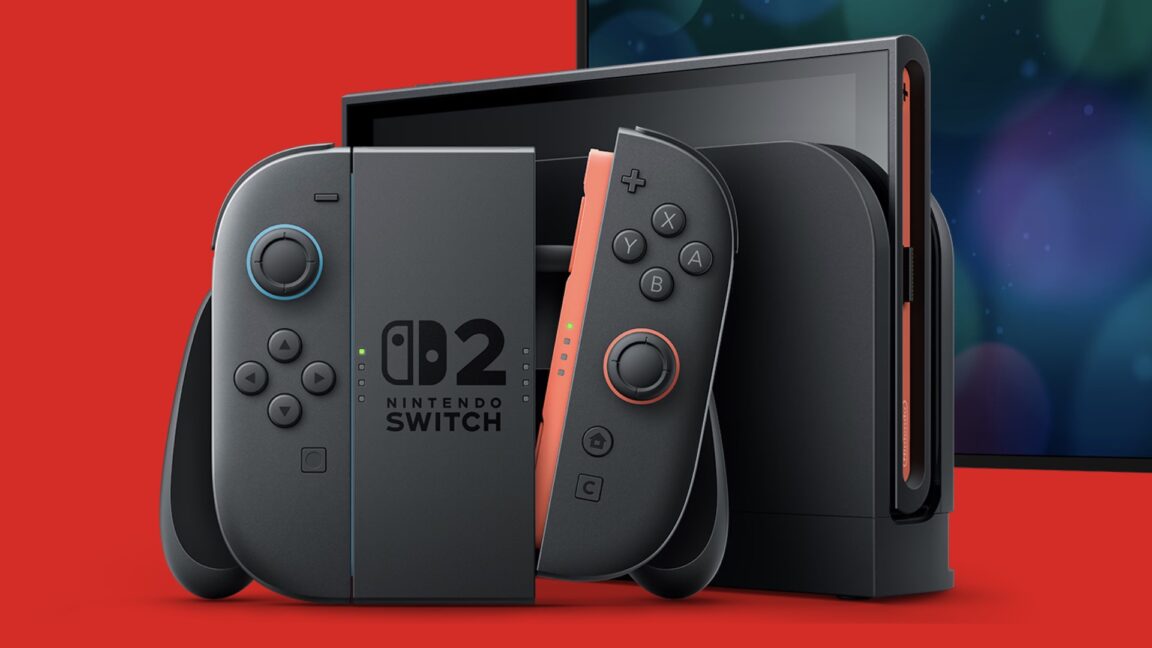
© Nintendo
Among the changes mentioned in yesterday's Nintendo Switch 2 presentation was a note that the new console doesn't just support MicroSD Express cards for augmenting the device's 256GB of internal storage, but it requires MicroSD Express. Whatever plentiful, cheap microSD card you're using in your current Switch, including Sandisk's Nintendo-branded ones, can't migrate over to your Switch 2 alongside all your Switch 1 games.
Why is regular-old MicroSD no longer good enough? It all comes down to speed.
Most run-of-the-mill SD and microSD cards you can buy today are using some version of the Ultra High Speed (UHS) standard. Designed to augment the default speed (12.5MB/s) and high speed (25MB/s) from the earliest versions of the SD card standard, the three UHS versions enable data transfers of up to 624MB/s.
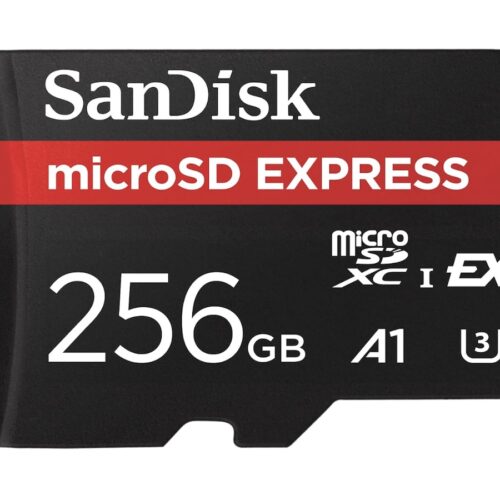
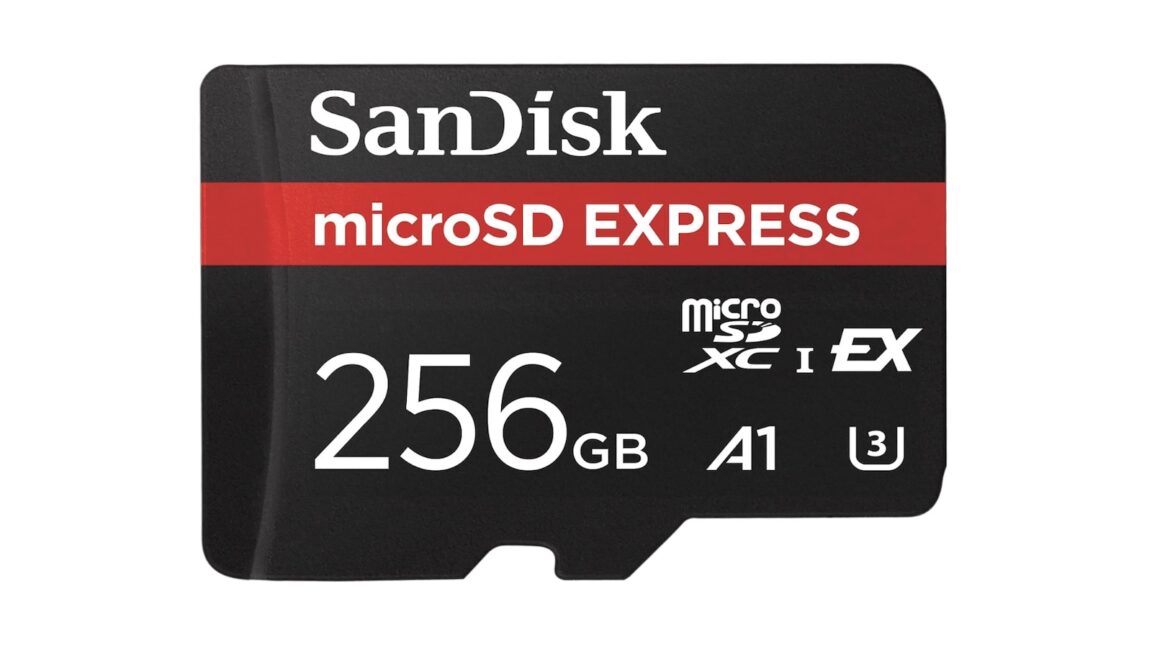
© SanDisk
Nintendo's Switch 2 presentation gave us pricing for the console ($449 to start) and Nintendo's product pages have given us pricing information for accessories ($80 for a Pro Controller, $90 for another pair of Joy-Cons, and $110 for a replacement dock, sheesh). But what Nintendo didn't mention during the presentation was game pricing, either for standalone Switch 2 titles or the Switch 2 Edition upgrades for existing Switch games.
Nintendo announced via its website after the presentation that Mario Kart World, the console's flagship launch title, will cost $50 when you buy a digital copy as part of a Switch 2 bundle. But the game will cost $80 when you buy it on its own, $30 more than the pack-in version and $20 more than the usual $60 price for first-party Switch games.
Pre-order listings at US retailers that have gone live since this morning also list several $80 games—we'll use Wal-Mart's as an example. The upgraded Switch 2 Editions for a trio of Switch games—2024's Super Mario Party Jamboree, 2023's The Legend of Zelda: Tears of the Kingdom, and 2022's Kirby and the Forgotten Land—are all going for $80, the same as Mario Kart World.

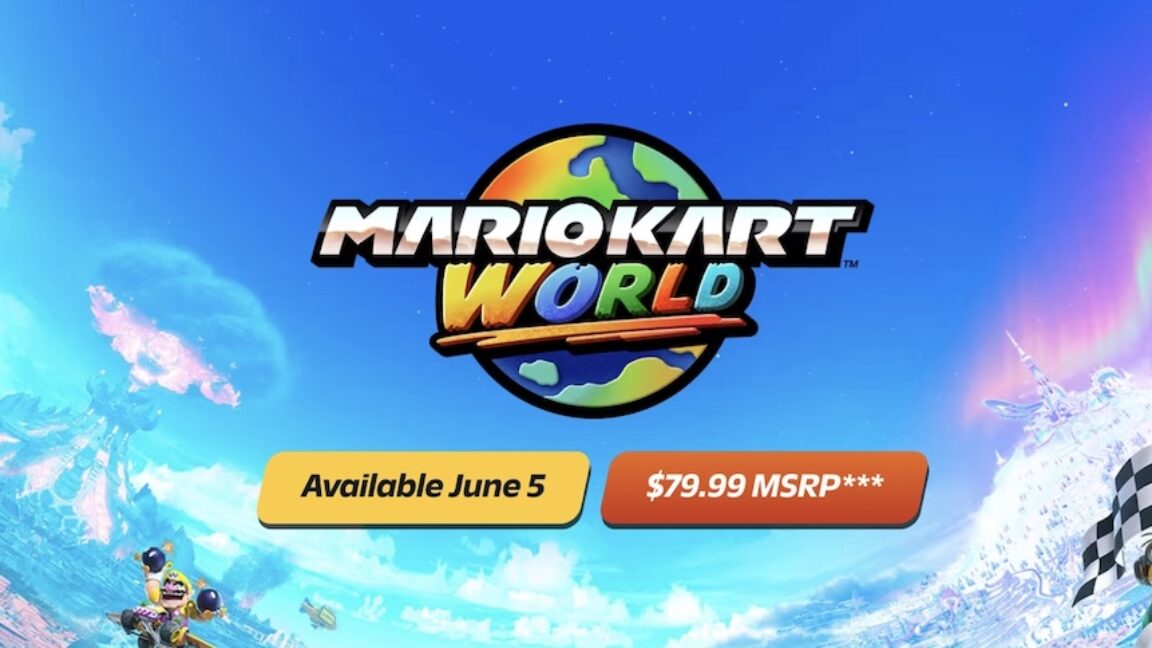
© Nintendo